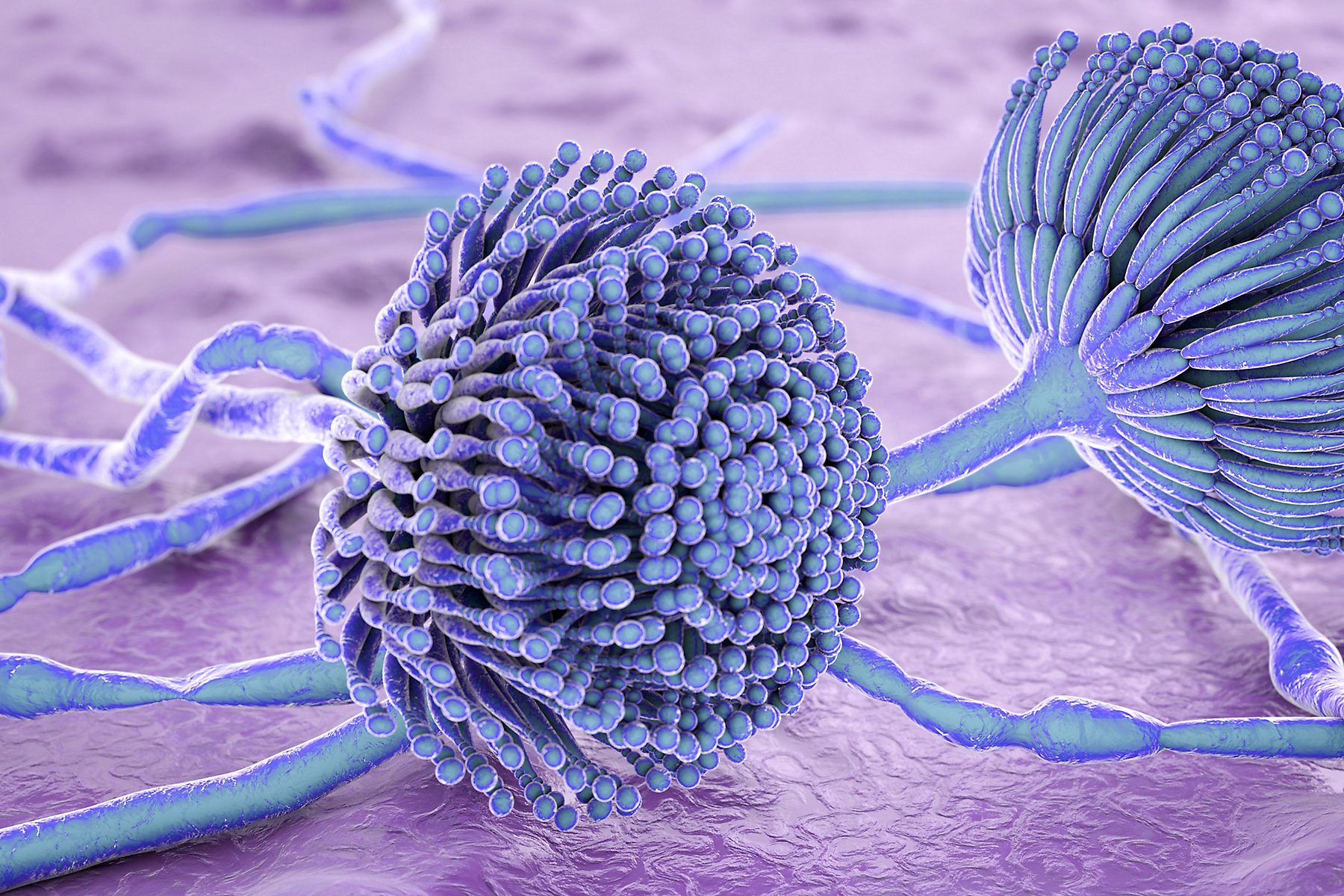Mycotoxins are toxic secondary metabolites produced by some mould species when the moulds are stressed (e.g. when the moulds are in competition with other moulds). Mycotoxins are invisible, colourless and odourless and often go completely unnoticed as a result thereof. Mycotoxins can be present even when moulds are not visible. Mycotoxins are often only identified and managed after significant losses have already occurred. The production losses (especially in milder cases) are often not considered and may significantly impact a farmer’s economic returns.
Some raw materials have higher risks for specific mycotoxins and different mycotoxins have different effects on ruminants. Factors such as age and stress also affect the impact of mycotoxins on ruminants. Immature animals and animals under stress (e.g. adaptation and heat stress) are often more sensitive to mycotoxins than mature animals under low stress conditions.

